читайте также
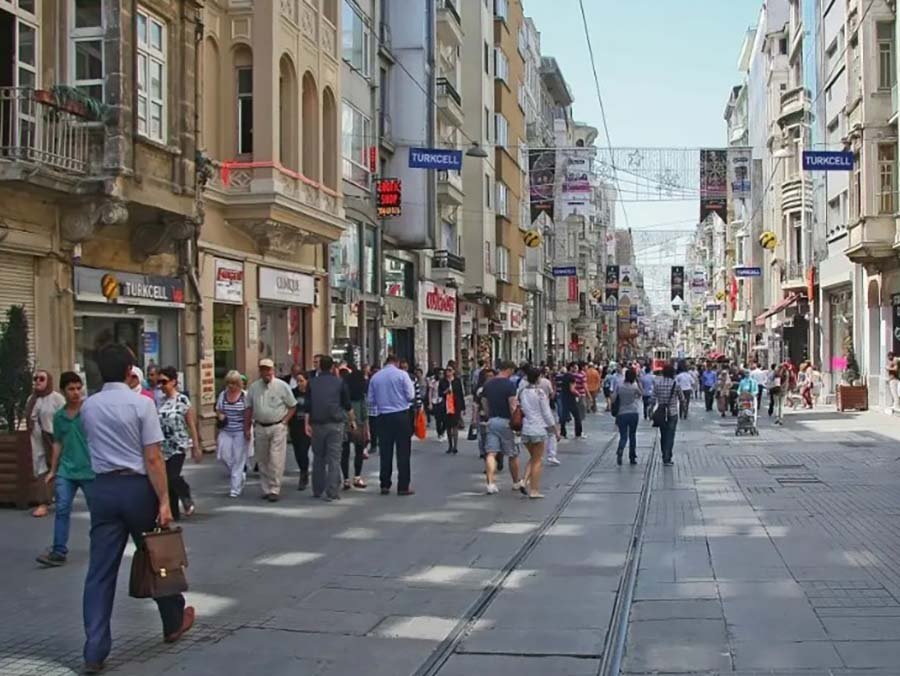 Inflation in Turkey: Housing and Food Drive Price Pressures
Inflation in Turkey: Housing and Food Drive Price Pressures
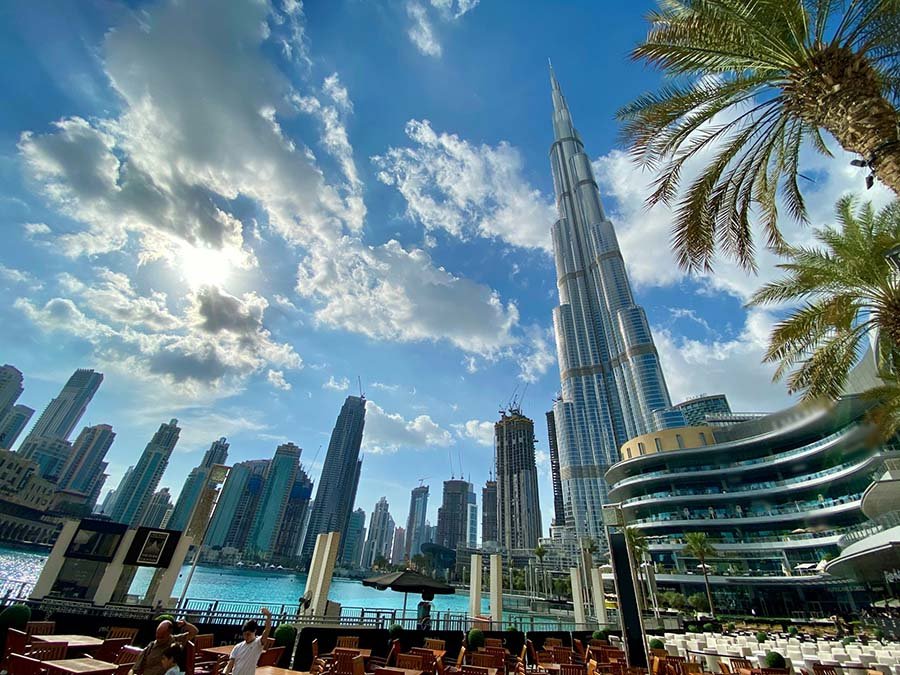 Dubai Real Estate Outlook: Moody’s Warns of Price Correction from 2026
Dubai Real Estate Outlook: Moody’s Warns of Price Correction from 2026
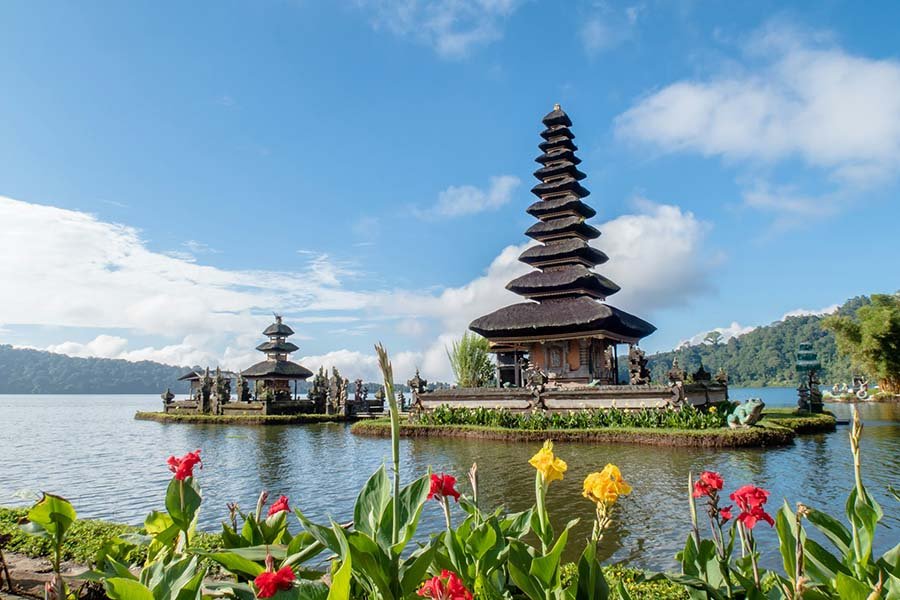 Tourism in Indonesia 2025: Trends and Risks
Tourism in Indonesia 2025: Trends and Risks
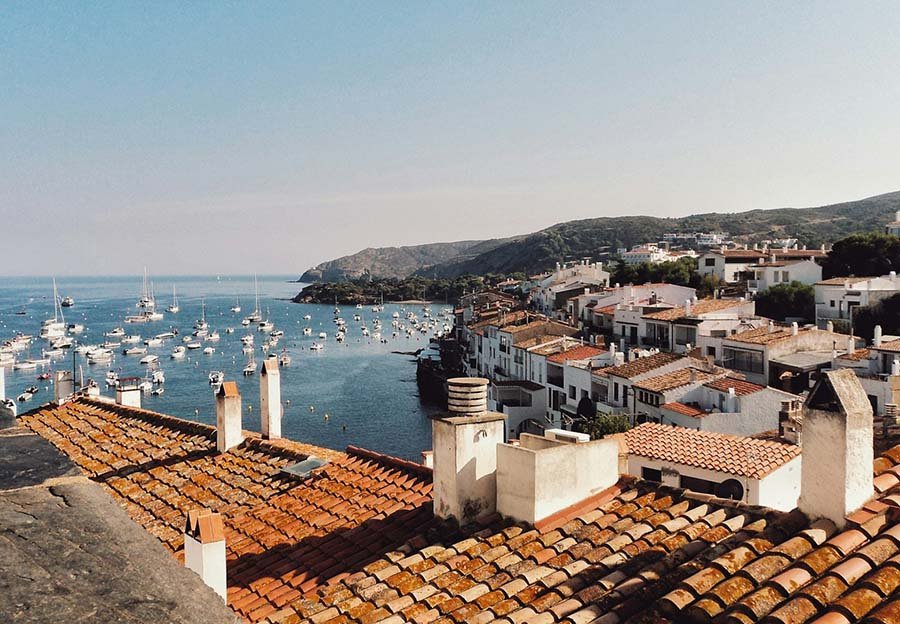 Investor’s Notes: Spain – Where Renting is Harder and Risks Are Higher
Investor’s Notes: Spain – Where Renting is Harder and Risks Are Higher
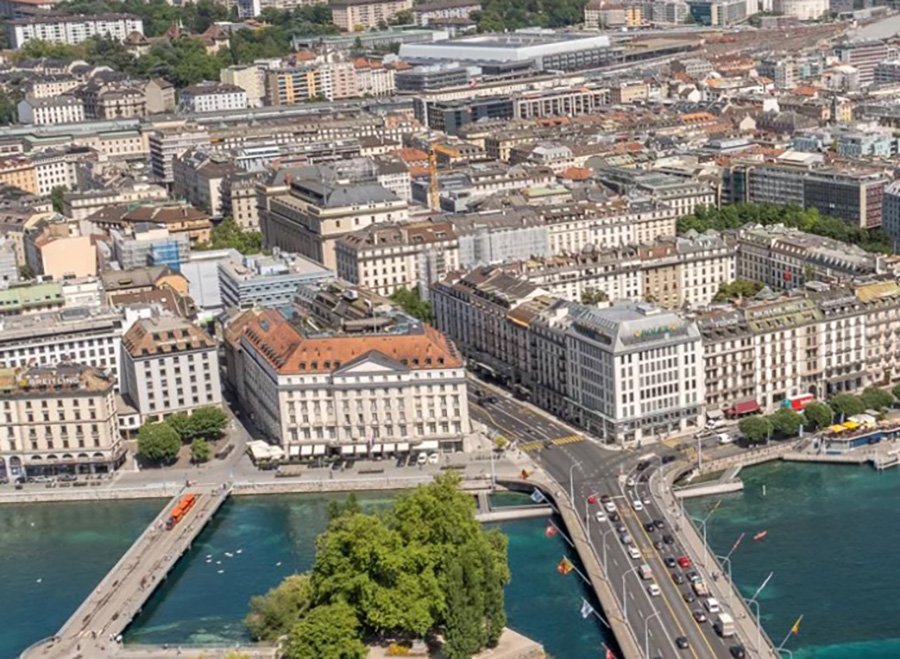 Geneva: Office Shortages and New Challenges for the Hotel Market
Geneva: Office Shortages and New Challenges for the Hotel Market
 Poland to Fully Close Border with Belarus
Poland to Fully Close Border with Belarus
A World Under Smog: Global Air Quality Rankings 2024 Reveal Critical Gaps
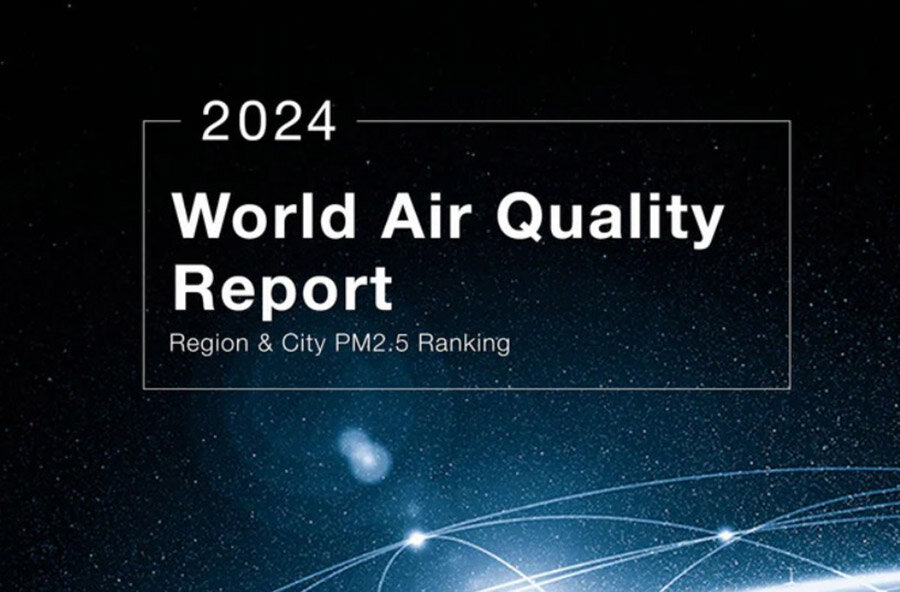
Only 17% of global cities met the World Health Organization’s air quality standards in 2024 — nearly double the figure from 2023, according to new data from Swiss analytics firm IQAir. The study covered 8,954 cities across 138 countries, regions, and territories, based on readings from over 40,000 monitoring stations worldwide.
IQAir ranks locations based on PM2.5 concentrations—fine particulate matter that poses the most serious health threat. WHO considers PM2.5 levels safe at or below 5 micrograms per cubic meter. However, 91.3% of countries and territories exceeded this threshold. Air pollution remains the top environmental cause of premature death globally, contributing to 8.1 million deaths in 2021, of which 58% were linked to PM2.5 exposure.
The World's Most Polluted Countries and Cities
Chad topped the list of most polluted countries with an annual PM2.5 concentration of 91.8 µg/m³—more than 18 times the WHO limit. It was followed by Bangladesh (78.1), Pakistan (73.7), DR Congo (66.8), and India (50.6). Niger, Iraq, Bahrain, Nepal, and Kuwait also ranked in the top ten, all exceeding 50 µg/m³.
In total, 126 of 138 countries and territories recorded PM2.5 levels above the safe threshold. South Asia remains the global epicenter of the crisis, with seven of the world’s ten most polluted cities located in the region, including six in India.
Among major cities, Byrnihat, India, recorded the highest PM2.5 average at 128.2 µg/m³—25 times the WHO recommendation. Cities in Pakistan, Bangladesh, and China also filled the top 10 list. In the U.S., Los Angeles ranked as the most polluted city, while Seattle was the cleanest.
The Cleanest Air: Seven Global Exceptions
Only seven countries met WHO air quality standards in 2024: Australia, The Bahamas, Barbados, Estonia, Grenada, Iceland, and New Zealand. These nations share strong environmental regulation, low population density, and extensive use of renewable energy.
Globally, Mayagüez, Puerto Rico, led as the city with the cleanest air, recording an average PM2.5 level of 1.1 µg/m³. In Oceania, over half of all cities met WHO standards, including Wellington and Auckland in New Zealand, as well as Hobart and Canberra in Australia.
Positive trends were also reported in Wilhelmshaven (Germany), Valdivia (Chile), Waterford (Ireland), Sandnes (Norway), and Halifax and Saskatoon (Canada)—all remaining safely within WHO’s limits.
Problems and Progress: Global Disparities Widen
Major pollution drivers remain fossil fuel combustion, transport emissions, and industrial activity. The report highlights severe monitoring disparities: in Africa, one monitoring station covers an average of 3.7 million people.
In 2024, the deployment of low-cost sensors expanded significantly, often installed in schools, universities, and by citizen-led initiatives. Programs like Schools4Earth aim to bring air monitoring to one million schools worldwide.
Some regions posted modest improvements. In Southeast Asia, PM2.5 averages declined despite persistent cross-border haze events, indicating growing regulatory success and improved monitoring.
In contrast, Latin America saw sharp PM2.5 spikes due to Amazon wildfires, with PM2.5 quadrupling in Rondônia and Acre (Brazil). Similar pollution surges tied to wildfires were recorded in Canada, Europe, and Latin America. The global El Niño weather pattern also contributed, exacerbating fire risk through warmer Pacific surface waters that disrupt weather globally.
IQAir warns that air pollution continues to threaten public health and planetary stability. Collaborative global action, better data transparency, public awareness, and modernized monitoring infrastructure are crucial to improving air quality for future generations.





